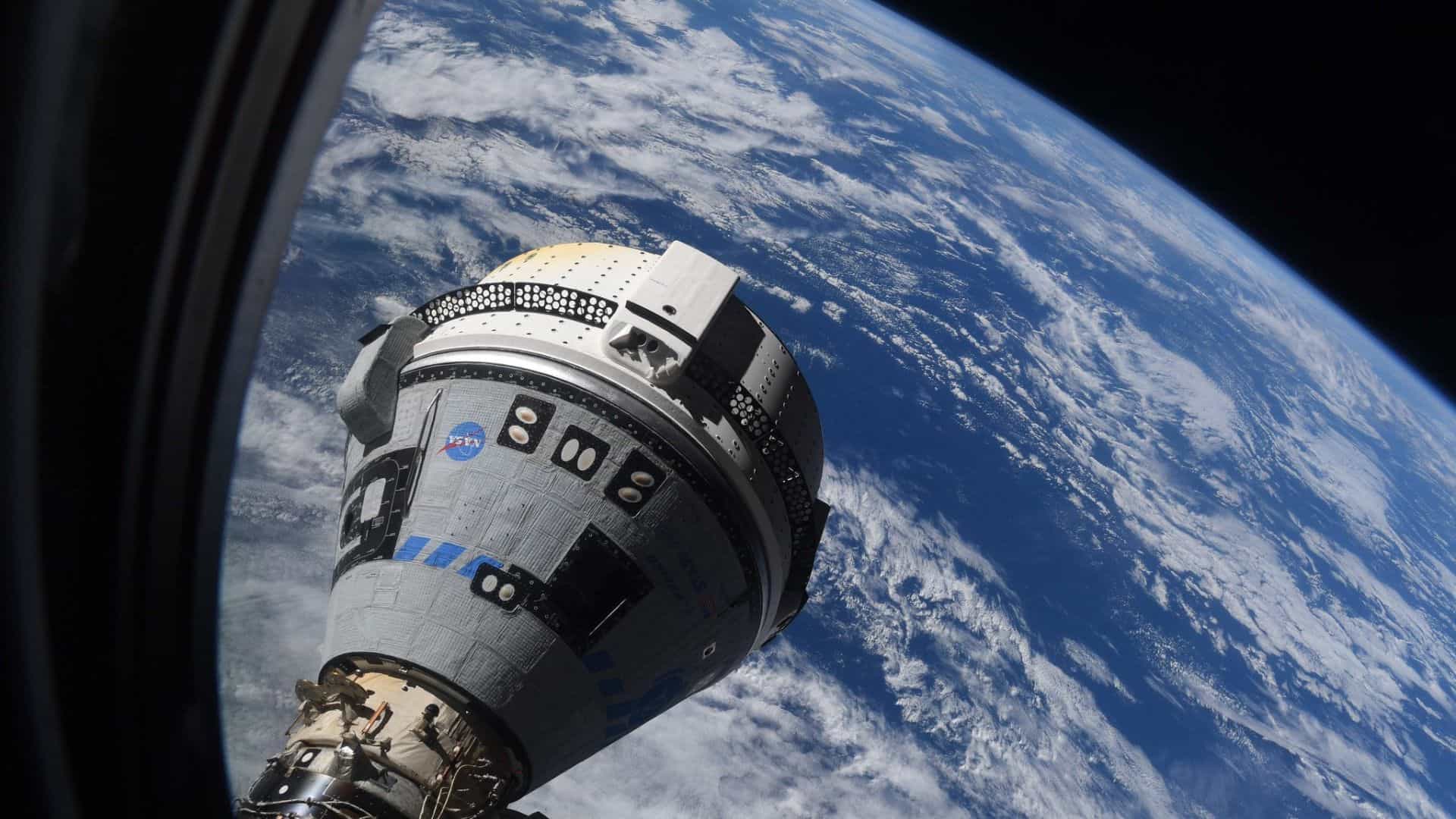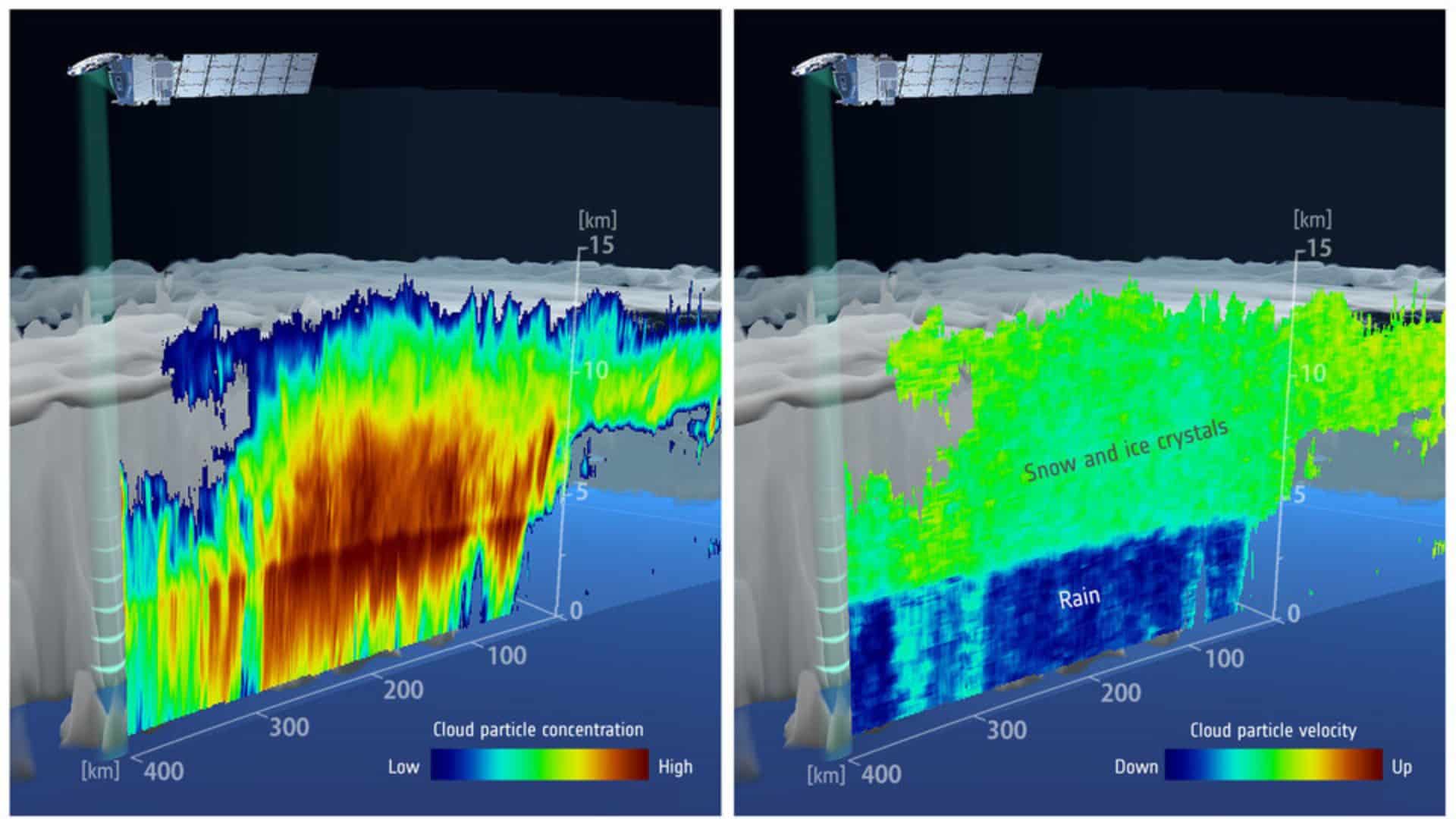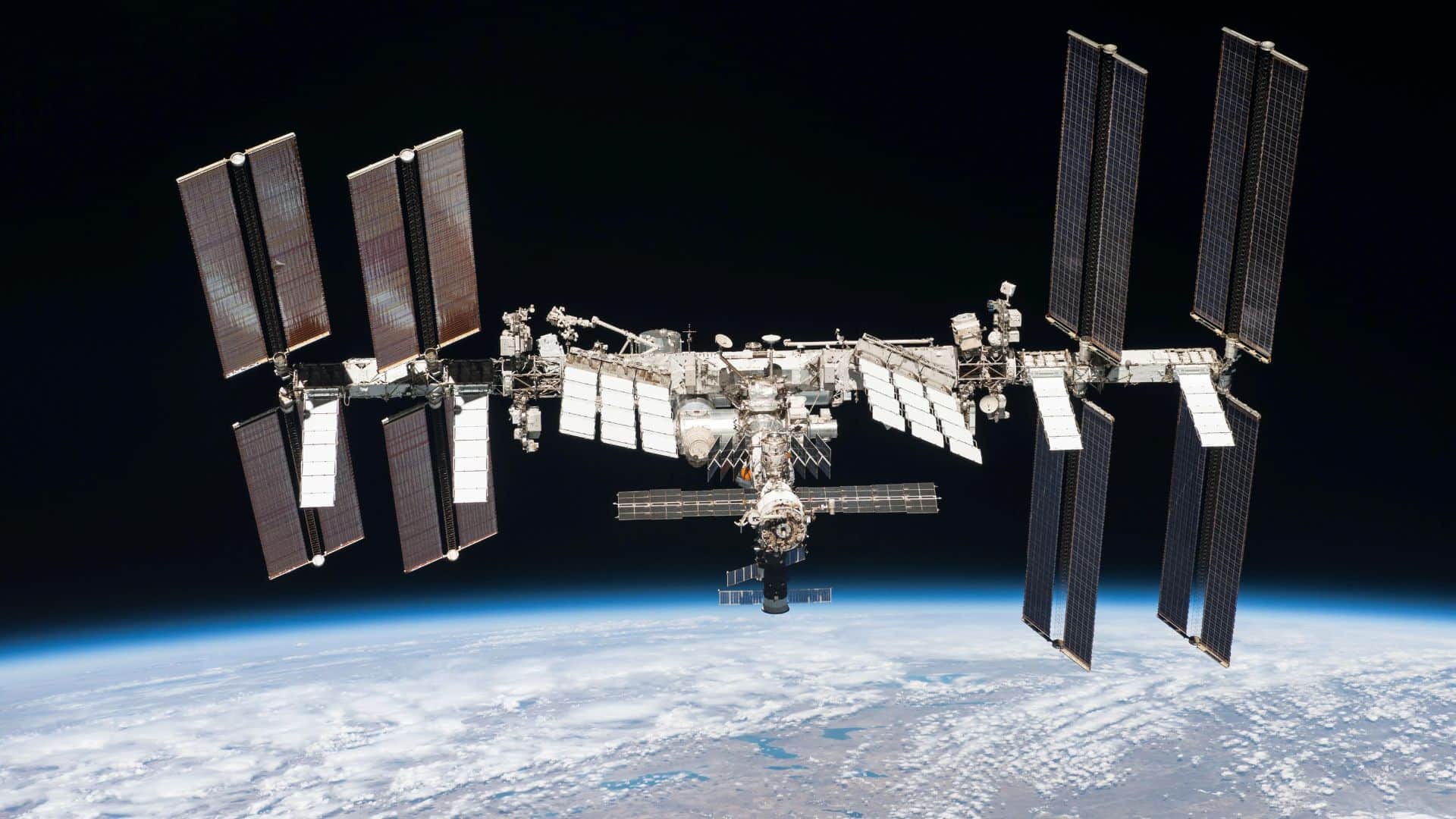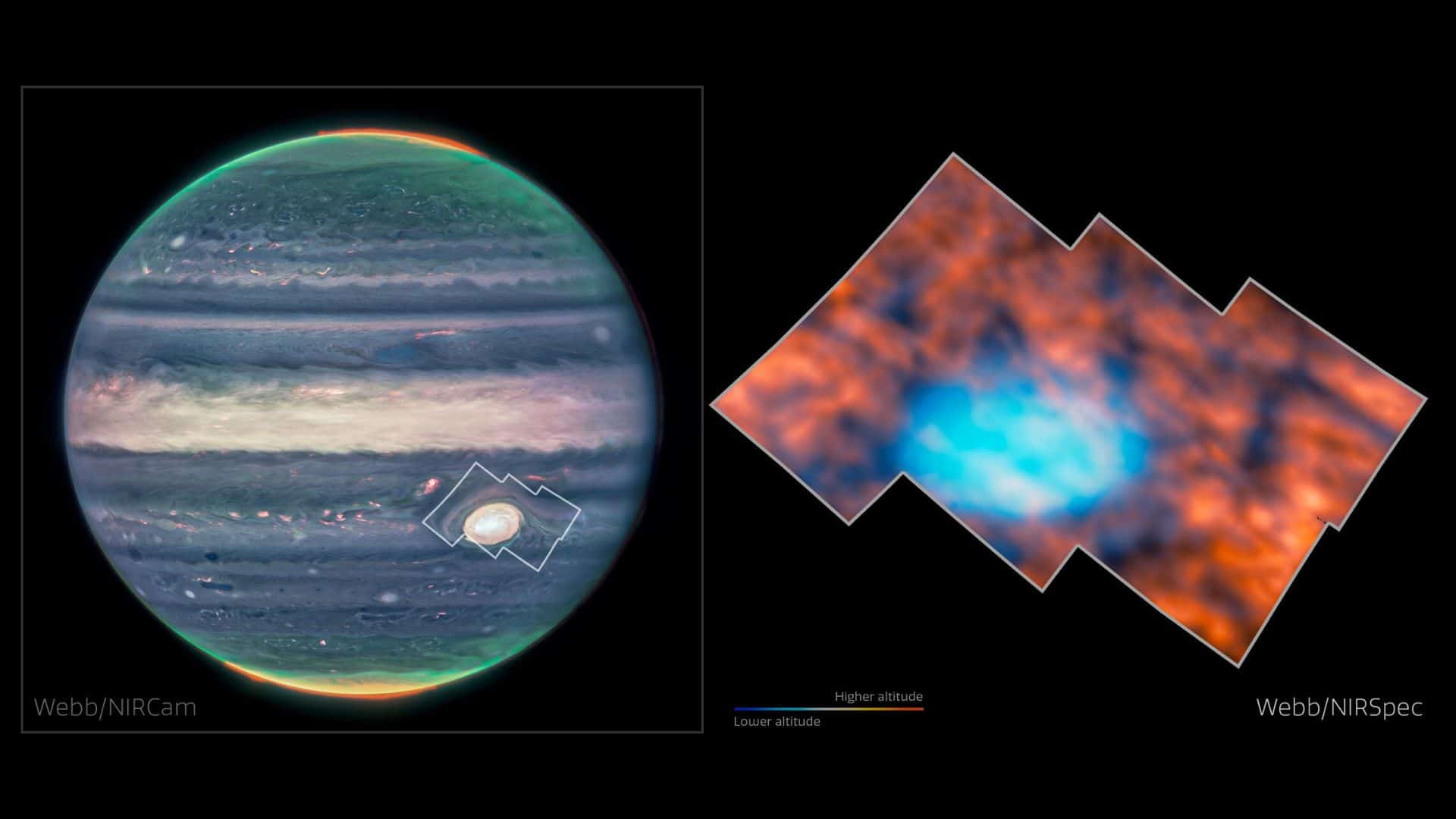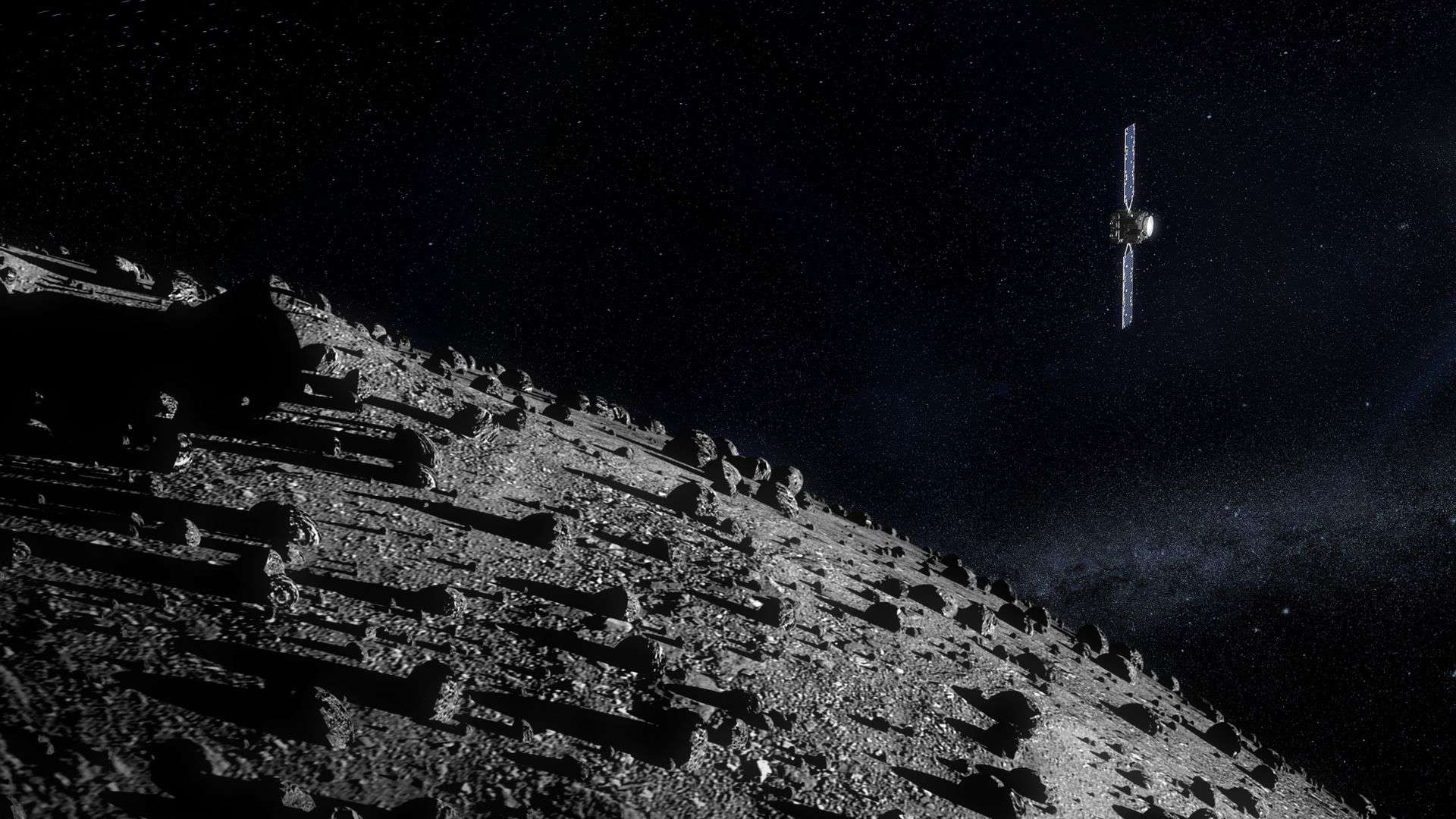
NASA has selected 12 scientists to join the European Space Agency’s (ESA) first mission for planetary defense, named Hera.
“The participating scientists will become Hera science team members during their five-year tenure with the mission,” NASA said in a statement.
The 12 selected participating scientists are:
— Bonnie Buratti from NASA’s Jet Propulsion Laboratory, Southern California
— Ingrid Daubar from Brown University, Providence, Rhode Island
— Carolyn Ernst from Johns Hopkins University Applied Physics Laboratory
— Dawn Graninger from Johns Hopkins University Applied Physics Laboratory
— Mark Haynes from NASA’s Jet Propulsion Laboratory, Southern California
— Masatoshi Hirabayashi from Georgia Institute of Technology, Atlanta
— Tim Lister from Las Cumbres Observatory, Goleta, California
— Ryan Park from NASA’s Jet Propulsion Laboratory, Southern California
— Andrew Rivkin from Johns Hopkins University Applied Physics Laboratory
— Daniel Scheeres from University of Colorado, Boulder
— Timothy Titus from U.S. Geological Survey, Flagstaff, Arizona
— Yun Zhang from University of Michigan, Ann Arbor
Hera mission, which is named after the Greek goddess of marriage, will be launched in October 2024 and will reach its target asteroid Dimorphos at the end of 2026.
Dimorphos is a satellite asteroid (moonlet asteroid) of diameter 560 feet (170 meters) that orbits around the larger asteroid Didymos.
On September 26, 2022, NASA’s DART mission impacted the asteroid Dimorphos to change its orbit around Didymos as part of a planetary defense test mission.
Now ESA’s Hera mission will perform a detailed post-impact survey of the asteroid Dimorphos.
The aim of the Hera mission is to validate the kinetic impact method as a technology to deflect an asteroid on a collision course with Earth.
If we ever discover an asteroid headed our way, then this kind of planetary defense mission (like the DART mission) will be launched to protect our home planet.
Related article: Asteroid Dimorphos changes its orbit as well as shape due to DART impact
Please follow us on Facebook and Twitter to get latest space news, upcoming skywatching events and astronomy-related content.
